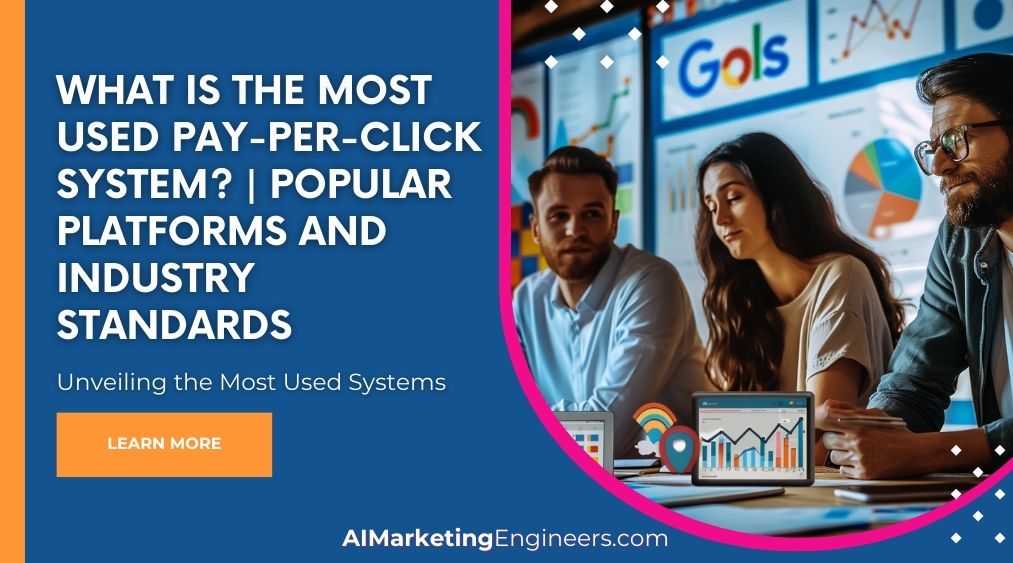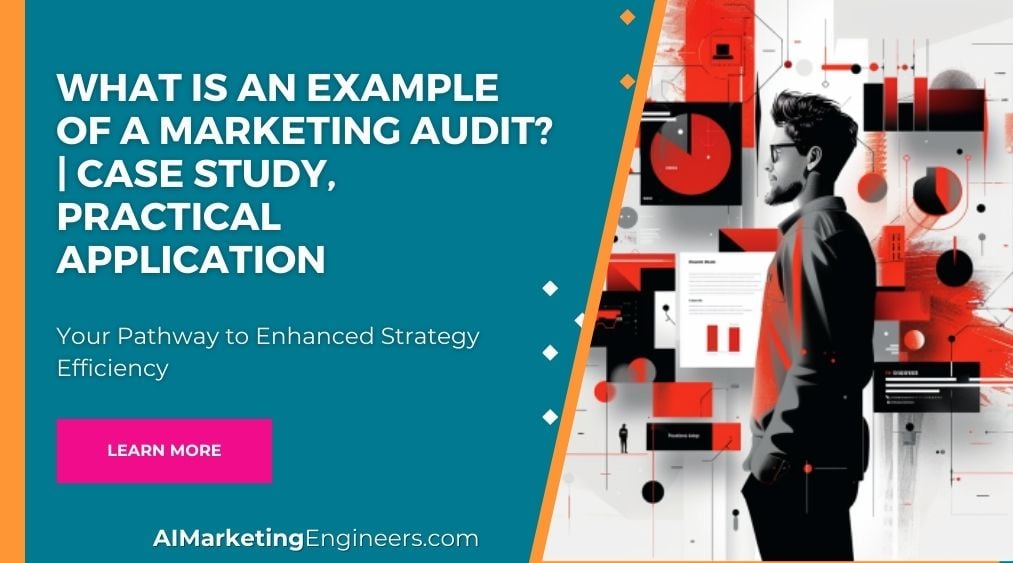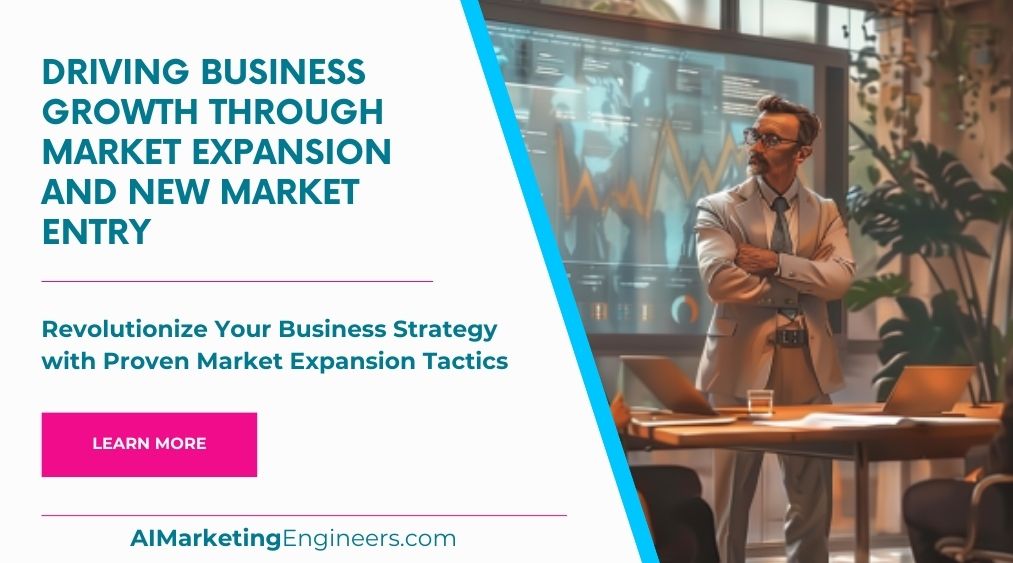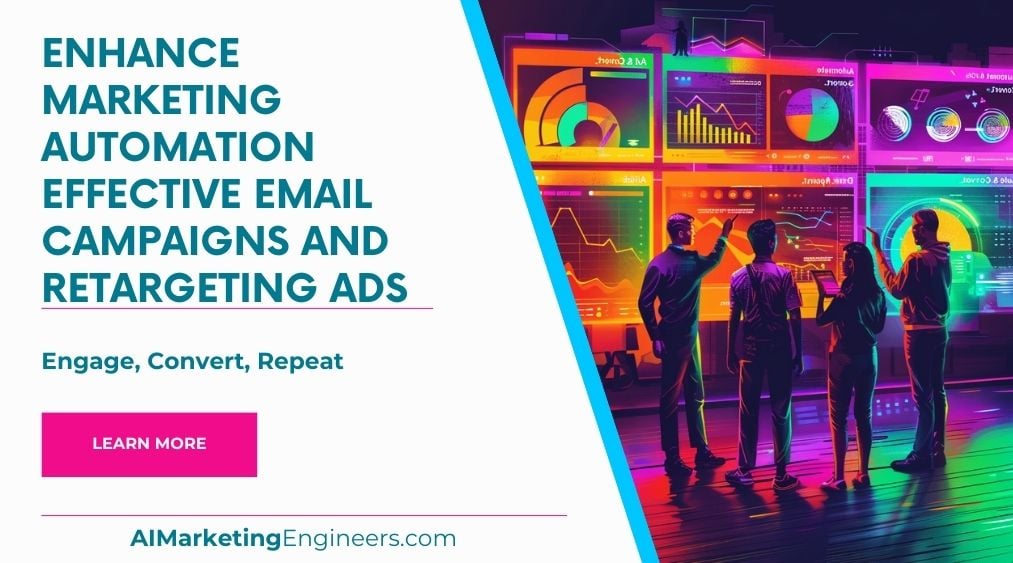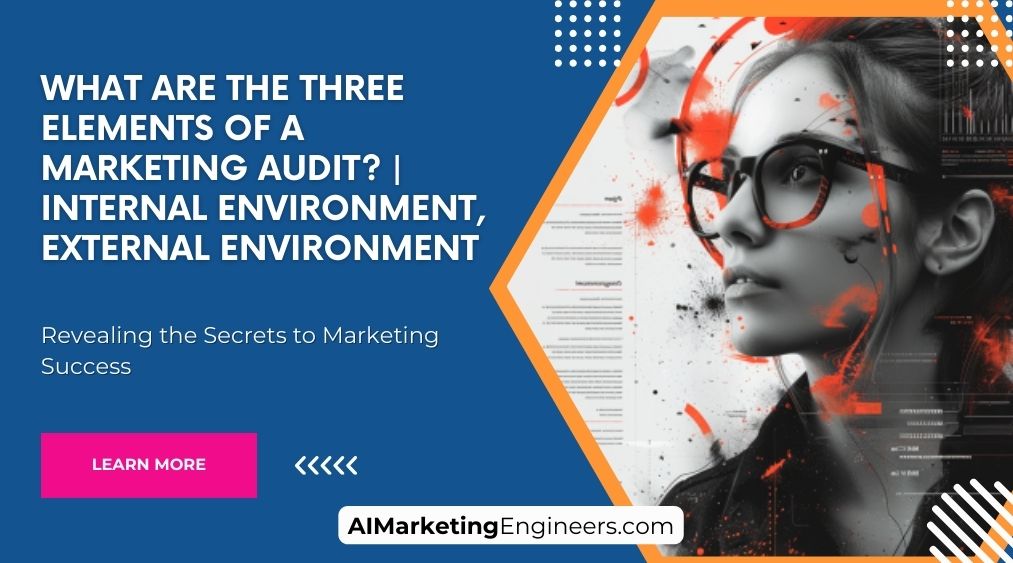Key Takeaways
✅ Google Ads: the most used PPC platform, averaging around $2 per click, dominates the market by offering unparalleled reach and sophisticated targeting capabilities, essential for immediate traffic and measurable outcomes.
✅ Industry Practices: Mastering metrics like clicks, impressions, CTR, CPC, and conversion rates is paramount. These standards guide businesses to fine-tune their efforts, potentially lowering costs and increasing ROI.
✅ Amazon PPC: A game-changer for e-commerce, this platform empowers sellers who understand its metrics to boost visibility on one of the largest online marketplaces, with CPC rates influenced by keyword competition and relevance.
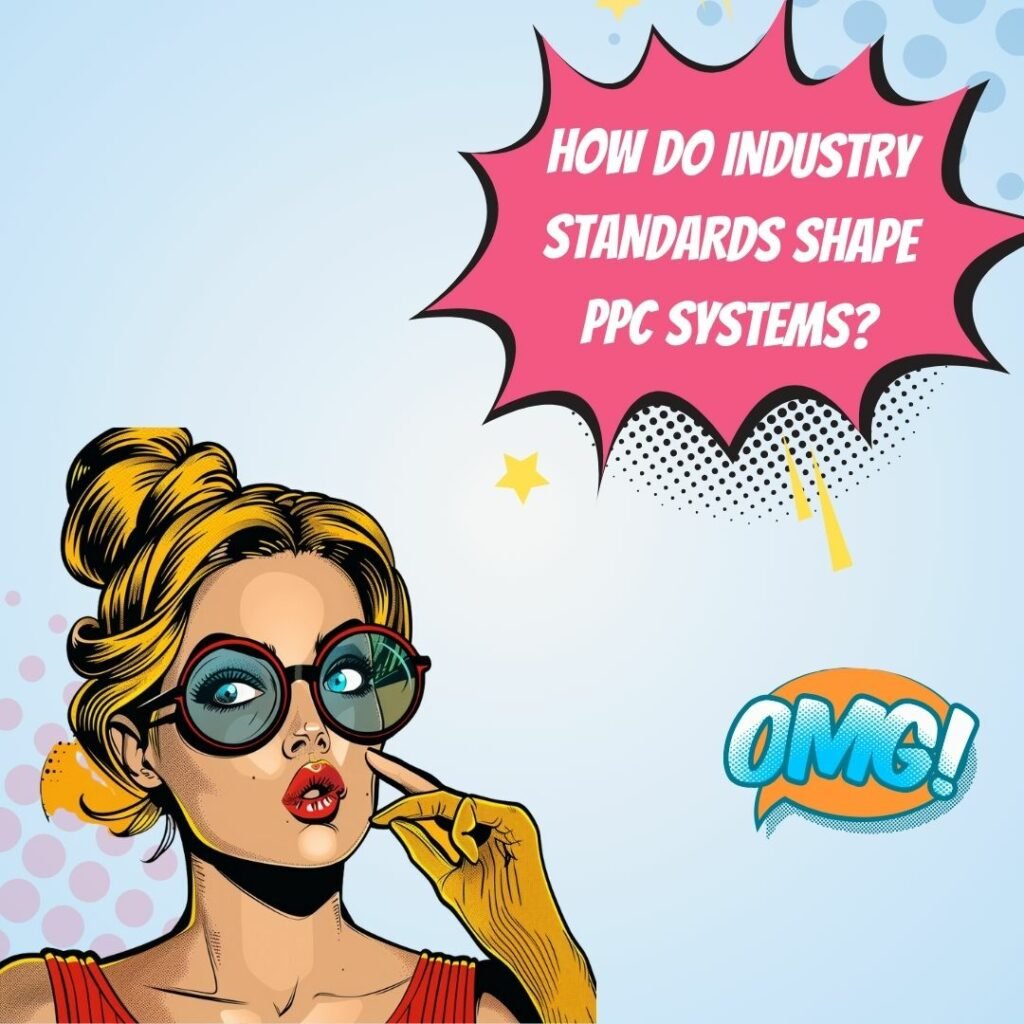
Introduction
Have you ever wondered which pay-per-click system garners the most clicks and converts the most customers? In the fast-paced realm of digital marketing, tapping into the most used PPC platforms can be a game-changer for businesses vying for online supremacy. But with a myriad of options and ever-evolving industry standards, how do you ensure that your advertising dollars are not just a drop in the ocean but a wave that carries your brand to shore?
Boldly stepping into the PPC waters can unlock growth, but it requires a clear strategy and knowledge of contemporary industry standards. From global giants like Google Ads to e-commerce specific powerhouses like Amazon PPC, knowing where and how to invest your advertising budget is crucial. This article isn't just about stacking up numbers; it's about equipping you with actionable insights and guiding you through cutting-edge trends that can maximize your return on ad spend (ROAS) and overall return on investment (ROI).
Stay with us as we dive deep into the landscape of click-based marketing, uncovering pragmatic tips and showcasing how to turn each click into a tangible asset. Are you ready to discover the secrets that can transform your PPC campaigns into profit-making machines? Let's get clicking.
Top Statistics
| Statistic | Insight |
|---|---|
| Global PPC Spending: Projected to spend $190.5 billion in 2024. | With such a staggering amount, PPC stands as a major player in digital advertising, indicating a thriving future for platforms hosting these ads. |
| Google Ads Market Share: Google Ads holds approximately 70% of the search ad market. | This solidifies Google Ads as the dominant platform, which advertisers can hardly afford to ignore when planning their PPC strategies. |
| Conversion Rate on Google Ads: Advertisers see an average conversion rate of 3.5%. | Conversion rates are critical for businesses to evaluate the effectiveness of their PPC campaigns, and Google Ads is setting a strong performance standard. |
| Mobile PPC Ads: A 20% higher CPC for mobile ads than desktop ads in 2023. | Highlighting the growing importance of mobile optimization for campaigns, as users are increasingly browsing and shopping on their smartphones. |
| Amazon’s Average CPC: Around $0.77, making it a compelling alternative to Google's higher CPCs. | This statistic is a game-changer for advertisers particularly in the retail sector, considering the e-commerce giant's vast customer base and comparatively lower costs. |
Understanding PPC Advertising
In the digital age where nearly everything is just a click away, Pay-Per-Click (PPC) advertising stands out as a key strategy for marketers looking to drive traffic to their websites. This online advertising model, also known as cost-per-click (CPC), allows advertisers to pay only when someone clicks on their ad. The simplicity of this model has contributed to its popularity; instead of paying for mere ad impressions or views, businesses can ensure their marketing budgets are directly linked to potential customer engagement. PPC is a powerful tool for targeting specific audiences and achieving measurable results. It provides a cost-effective way to attract qualified leads and boost conversions.
The Dominant Forces in PPC
Across the digital marketing landscape, certain platforms have carved out significant niches for PPC advertising. Google Ads leads the pack due to the sheer volume of daily searches, offering unparalleled reach. Social media giant Facebook Ads opens doors to highly detailed demographic targeting. Search engine alternative Microsoft Ads provides a foothold in Bing searches, while YouTube Ads leverage the world's second-largest search engine for video content. LinkedIn Ads cater to professionals seeking business connections, Amazon Ads bring products to shoppers' eyes, and niche platforms like Etsy Ads and Yelp Ads hone in on tailored markets. Each platform offers unique advantages and caters to different audience segments, making it essential to choose the right one based on your campaign goals.
Best Practices in PPC Campaigns
To stay ahead in the PPC game, adhering to industry standards is crucial. Successful campaigns often start with intricate keyword research, finding the phrases and questions potential customers use. Structuring these keywords into cohesive ad groups ensures relevant ad content is displayed to the right audience. Entering into the ad auctions is not just about having the highest bid; platforms evaluate Quality Scores, taking into account ad relevance and landing page experience to determine which ads are shown and at what cost. Continuously monitoring and adjusting your campaign based on performance data is key to maintaining its effectiveness. Regularly testing different ad creatives and landing pages can provide insights into what resonates best with your audience.
Unlocking the Advantages of PPC
Utilizing PPC comes with a set of strategic benefits. Marketers appreciate the budget flexibility it offers - control spend down to the dollar and only pay for actual clicks. Its measurability is another strong suit; detailed analytics allow marketers to see what's working and make necessary adjustments swiftly. Targeting options are sophisticated, allowing for ads to reach specific demographics, interests, and even times of day, making sure every dollar spent is more likely to hit the mark. In competitive landscapes, leveraging PPC can mean staying a step ahead of others vying for the same audience's attention. Additionally, PPC can quickly generate traffic and results, making it an ideal choice for time-sensitive campaigns.
Daily Dynamics of PPC Management
Running a PPC campaign isn't a "set and forget" endeavor. It demands hands-on monitoring performance, tweaking campaigns, and responding to data trends. Successful marketers consistently perform keyword optimization, adding and refining keywords as search trends change. Meanwhile, compelling ad copy optimization is essential for securing those valuable clicks. A critical yet sometimes overlooked aspect is the landing page optimization – ensuring a seamless user experience that matches what's been promised in the ad to reduce bounce rates and increase conversions. Regularly reviewing and adjusting bid strategies based on performance can also enhance the campaign's efficiency and return on investment.
The Financial Side of Clicks
When it comes down to the cost of PPC ads, several factors swing the pendulum. The average cost-per-click can hover around $2 on Google Ads, though high-competition keywords can skyrocket prices. Facebook Ads come in with a slightly lower average of $1.86, with costs fluctuating based on targeting specificity and industry. Ultimately, the factors affecting cost such as the chosen platform, keyword demand, and ad quality, require marketers to balance their bid strategy with the potential for a strong return on investment. By understanding the cost dynamics, businesses can allocate their budgets more effectively and achieve their marketing objectives.
Each click in a PPC campaign blends the promise of increased business with the precision of targeted marketing. By harnessing the power of well-researched keywords, quality ads, and optimized landing pages, businesses of all sizes can effectively wield the tools of PPC to carve out their space in the online marketplace.
AI Marketing Engineers Recommendation
Recommendation 1: Embrace Google Ads for Extensive Reach and Precision Targeting: As of my latest information, all signs point to Google Ads being the kingpin in the pay-per-click (PPC) arena. The evidence? Google's dominant search market share – over 92% globally according to StatCounter as of February 2023 – which translates to unrivaled potential ad visibility. To capitalize on this, ensure your PPC strategies leverage this system's targeting capabilities to potentially reach vast audiences with precision. Think demographics, interests, and previous web behavior to make your ad dollars work harder.
Recommendation 2: Incorporate Facebook Ads for Enhanced Audience Engagement: Don't miss out on the social media juggernaut; Facebook Ads currently offer a massive user base, with over 2.9 billion active monthly users as per the Statista 2023 report. This platform is a treasure trove for businesses seeking brand interaction and customer conversations. Use Facebook’s extensive data to create interactive and engaging ad campaigns that foster stronger consumer connections, encouraging clicks that count.
Recommendation 3: Utilize Microsoft Advertising for Access to a Niche but Valuable Audience: Don’t forget about the other players. Microsoft Advertising (formerly Bing Ads) presents access to a specific segment of the population that shouldn't be overlooked – those who prefer Bing over Google, an older demographic with potentially higher disposable income. The benefit? Lower competition and often lower costs per click compared to Google Ads. Employ Microsoft Advertising as a complementary component in your PPC mix to extract value from this less saturated space.
Relevant Links
- Revolutionize Your PPC Campaigns
- Conquer Korean Search Engines
- Unlock E-Commerce Mastery
- Maximize Your Online Presence
- Navigate Digital Marketing in Russia with Confidence
Conclusion
When it comes to online advertising, Pay-Per-Click (PPC) stands out as a proven model that businesses leverage to drive traffic, create brand recognition, and ultimately increase revenue. As we have seen, the most common encounter with PPC is through Google Ads, which reigns supreme due to its vast network and advanced features. However, the playing field includes a variety of platforms like Facebook Ads and Microsoft Ads, each with their own strengths and catering to different types of audiences and goals.
A key takeaway from our exploration is that success in PPC isn't just about choosing a platform; it's also about mastering industry standards such as keyword research, ad groups, and quality scores. These elements are crucial for the efficiency of your ads and can make or break the budget impact. Furthermore, each platform carries its own cost dynamics, with the average cost-per-click fluctuating between them—knowing this assists advertisers in making informed budgetary decisions.
Beyond platform selection and understanding costs, benefits such as budget flexibility, precise targeting options, and measurable outcomes highlight why PPC continues to be a powerhouse in marketing strategies. And while the landscape is competitive, those who continuously monitor, tweak, and optimize their campaigns stand to gain the most. Are you maximizing your PPC potential? Whether it's improving ad copy or refining keyword lists, taking action on these insights could mean the difference between a campaign that stumbles and one that soars. With PPC's prominence only growing, now is the time to dig in, analyze your strategy, and make each click count toward your business objectives.
FAQs
Question 1: What is PPC advertising?
Answer: Imagine you've got a digital billboard that you only pay for when someone is so interested, they actually click on it to learn more. That's PPC advertising for you – an online method where you only cough up the cash when someone clicks on your ad.
Question 2: How does PPC MAC work?
Answer: Think of PPC like a battle of bids – you toss in how much you’re willing to pay for certain keywords connected to your biz. When someone types those magic words into a search engine, an invisible auction kicks off. Win the bid, and boom, your ad pops up for them to see.
Question 3: What are the popular PPC platforms?
Answer: If PPC was a party, the VIP guests would be Google Ads, Microsoft Ads, Facebook Ads, LinkedIn Ads, and Amazon Ads. Each platform has its perks, like Google’s massive reach or LinkedIn’s ability to find you the professional crowd.
Question 4: What factors determine PPC costs?
Answer: Your PPC spending is tied to stuff like your bid amount, who you're targeting, and how good your ad is. Savvy ads and smart bidding can make your budget work harder for you.
Question 5: How do you optimize PPC campaigns?
Answer: It's all about tuning your campaign like a guitar until it sounds just right. Track those conversions, peek at what the audience is digging, spy on the competition, and shuffle your bids and targets around to get the most bang for your buck.
Question 6: What is the difference between impressions and clicks?
Answer: When we talk impressions, we're counting every eyeball on your ad. Clicks, though, are when someone actually takes the bait and clicks on your ad. Both numbers give you the scoop on how your ad's doing.
Question 7: How long does it take to set up a PPC campaign?
Answer: Gear up for anywhere from two to four weeks, depending on how intricate your master plan is.
Question 8: How do you know if a PPC ad is performing well?
Answer: Cracked the code on a sweet cost-per-click? Seeing those conversions climb? These are the signs you're on the right track.
Question 9: How long until you see results from a PPC campaign?
Answer: It’s a waiting game, honestly – at least three months to let the data tell you what’s up.
Academic References
- HawkSEM. 13 PPC Platforms to Drive Conversions. This source emphasizes the dominance of Google Ads in the pay-per-click landscape, noting its extensive reach with a Powerful 92% hold on the search engine market share.
- WordStream. Google Ads Benchmarks for YOUR Industry. Here, Bing's performance metrics are brought into focus, describing higher click-through rates (CTRs) and conversion rates (CVRs), along with more appealing lower cost-per-click (CPC) and cost-per-acquisition (CPA) figures when compared to Google.
- HawkSEM. 13 PPC Platforms to Drive Conversions. This reference details Facebook Ads as a key player in targeted advertising due to its extensive and specific audience reach capabilities, which includes powerful tools for retargeting campaigns.
- Mayple. Top 19 PPC Platforms You Should Consider in 2024. Amazon Ads' growth trajectory in targeting eCommerce consumers is showcased here, with insight into its average CPC within the United States market.
- Mayple. Top 19 PPC Platforms You Should Consider in 2024. LinkedIn Ads are presented as an expensive yet effective channel for reaching a professional demographic, particularly decision-makers and those at high levels in business.
- Mayple. Top 19 PPC Platforms You Should Consider in 2024. This source illustrates the high engagement rate of TikTok Ads, positioning them as a compelling option for advertisers, and notes the average cost-per-click.
- Mayple. Top 19 PPC Platforms You Should Consider in 2024. Highlighting Snapchat Ads, this reference points out their suitability for engaging users on mobile devices and their expanding user base.
